Pathways do more than connect spaces—they shape how we experience a landscape. They guide movement, establish rhythm, and invite exploration, turning a simple walk into a sensory journey. The crunch of gravel underfoot, the warmth of sunlit stone, or the softness of stepping through grass all contribute to the atmosphere. Beyond their function, pathways play a key role in how a landscape unfolds, influencing both its flow and character.
Yet, they’re often treated as an afterthought when they should be a foundational design element. The choice of material, layout, and scale should complement the home’s architecture and surrounding garden. A structured stone path creates a sense of formality, while irregular stepping stones feel more organic. Wide, generous walkways encourage ease of movement, while narrower paths invite a slower, more intentional pace. Thoughtful placement ensures that every destination—whether a seating nook, fire pit, or garden gate—feels seamlessly connected and inviting.
We’ve gathered some of our favorite pathways from past projects to illustrate these ideas. From crisp, linear pavers that define strong sightlines to natural flagstone routes that blend effortlessly into the landscape, these transitional moments are what tie a garden together, creating a journey as beautiful as the destinations themselves.
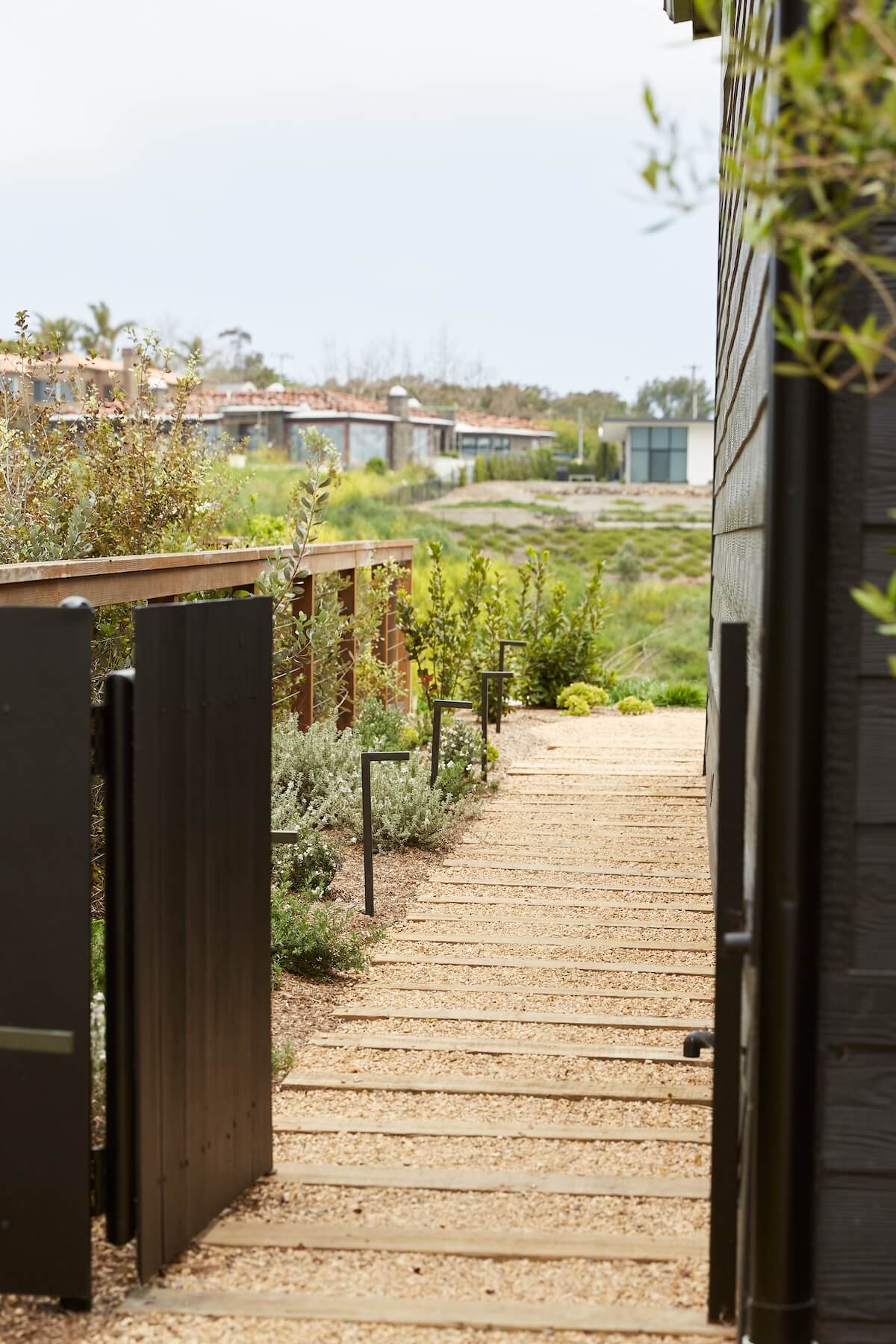
Photo by Kaelin Photography
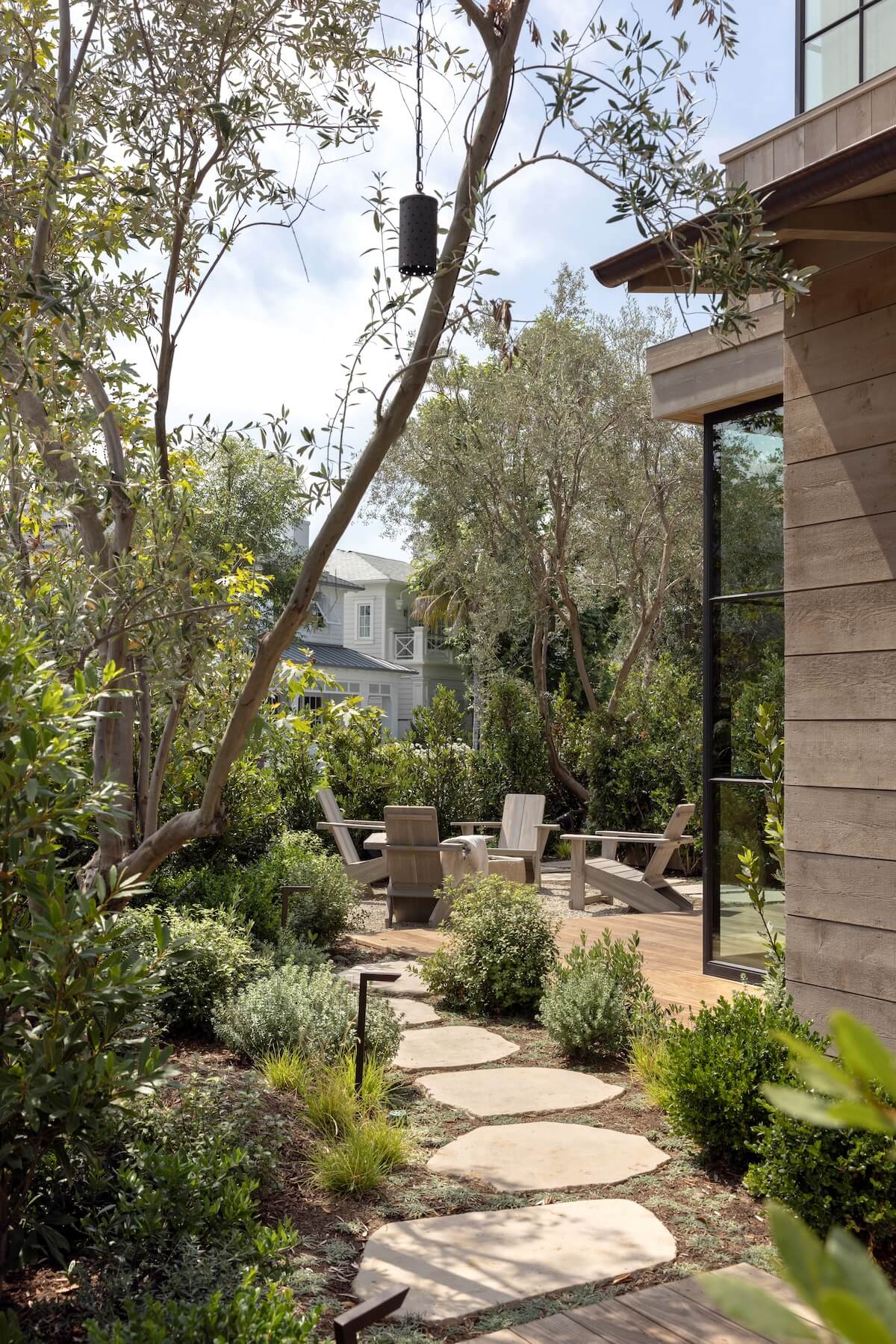
Flagstone Pathway at our Cabin On the Coast Project
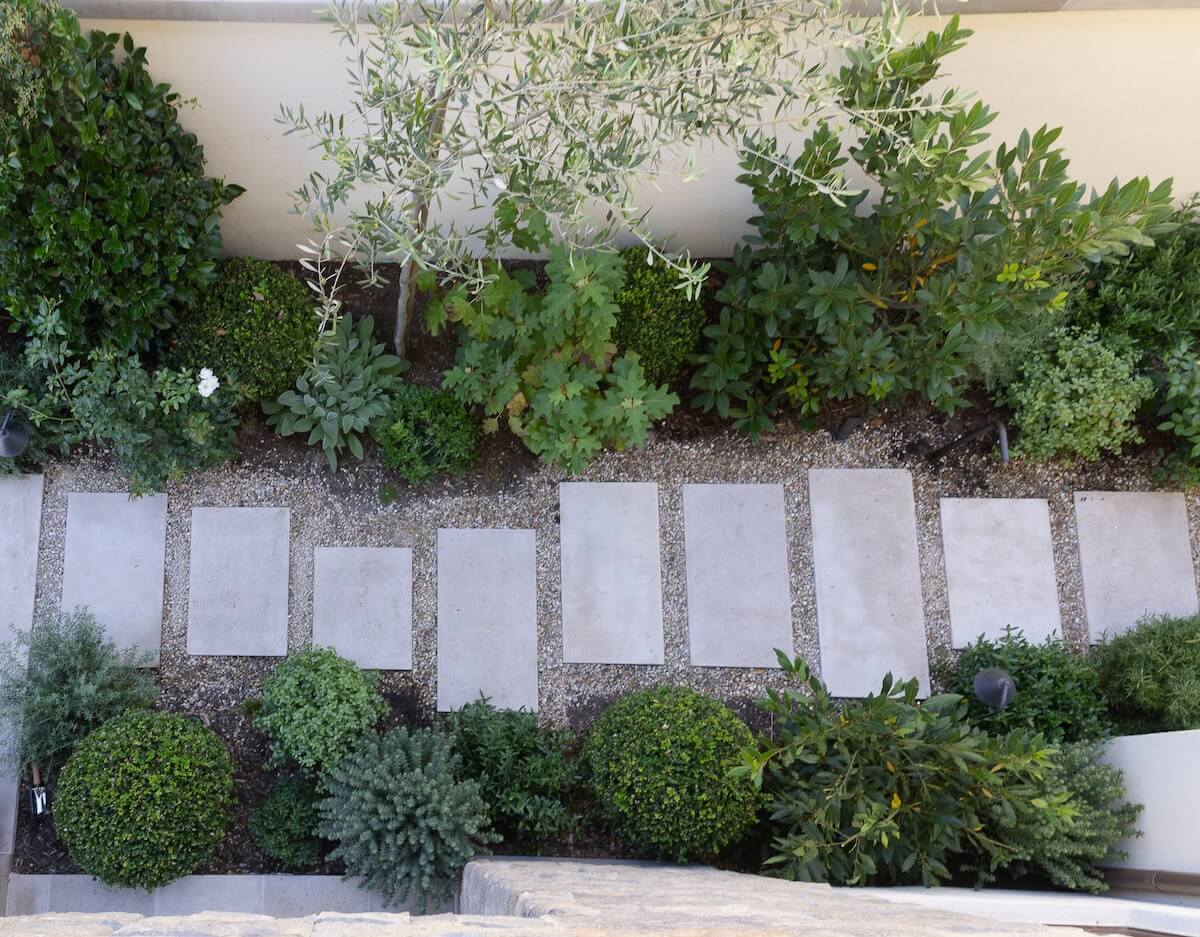
Organic concrete stepping pads at our Dana Point Project
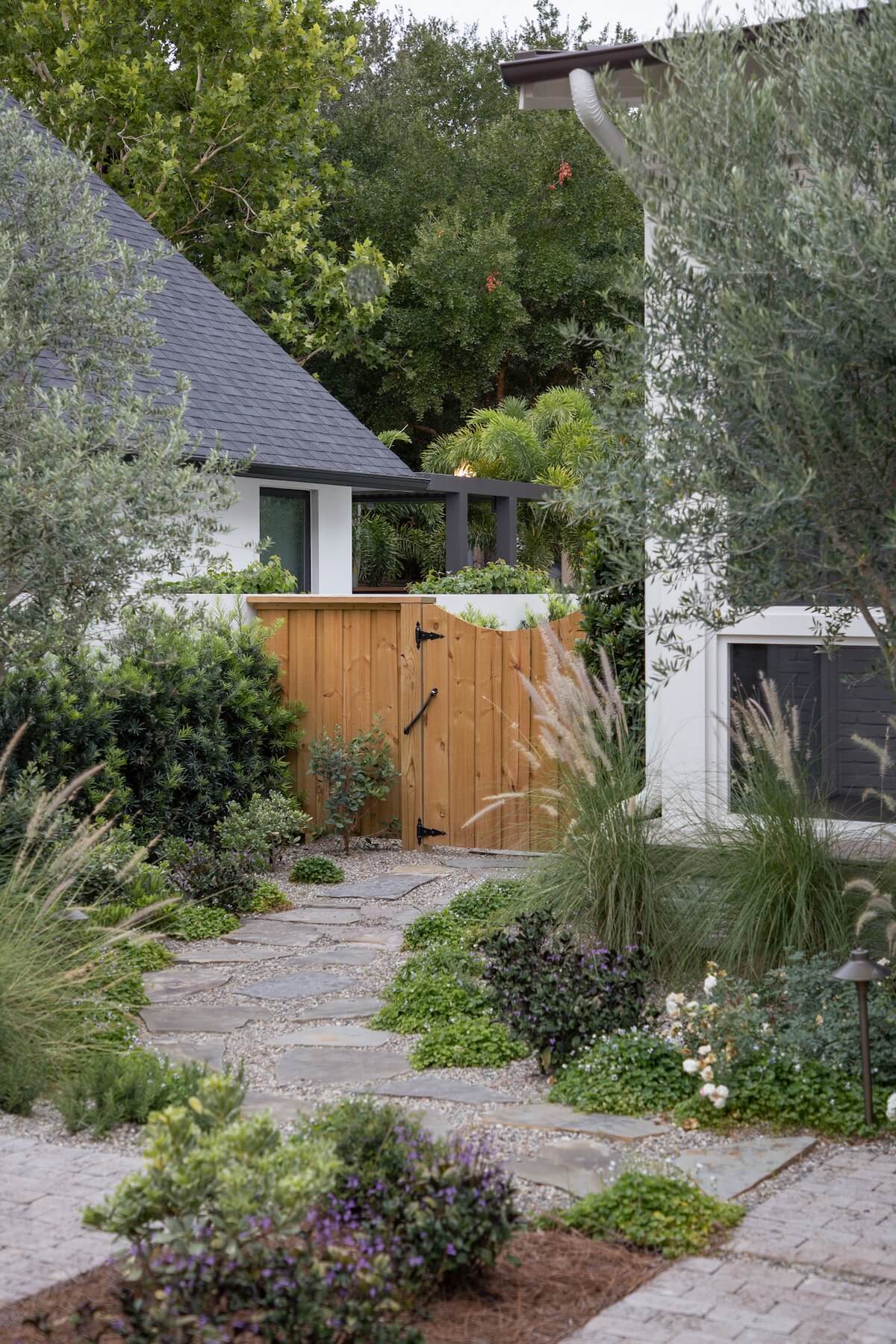
Photo by Pixels and Pigment
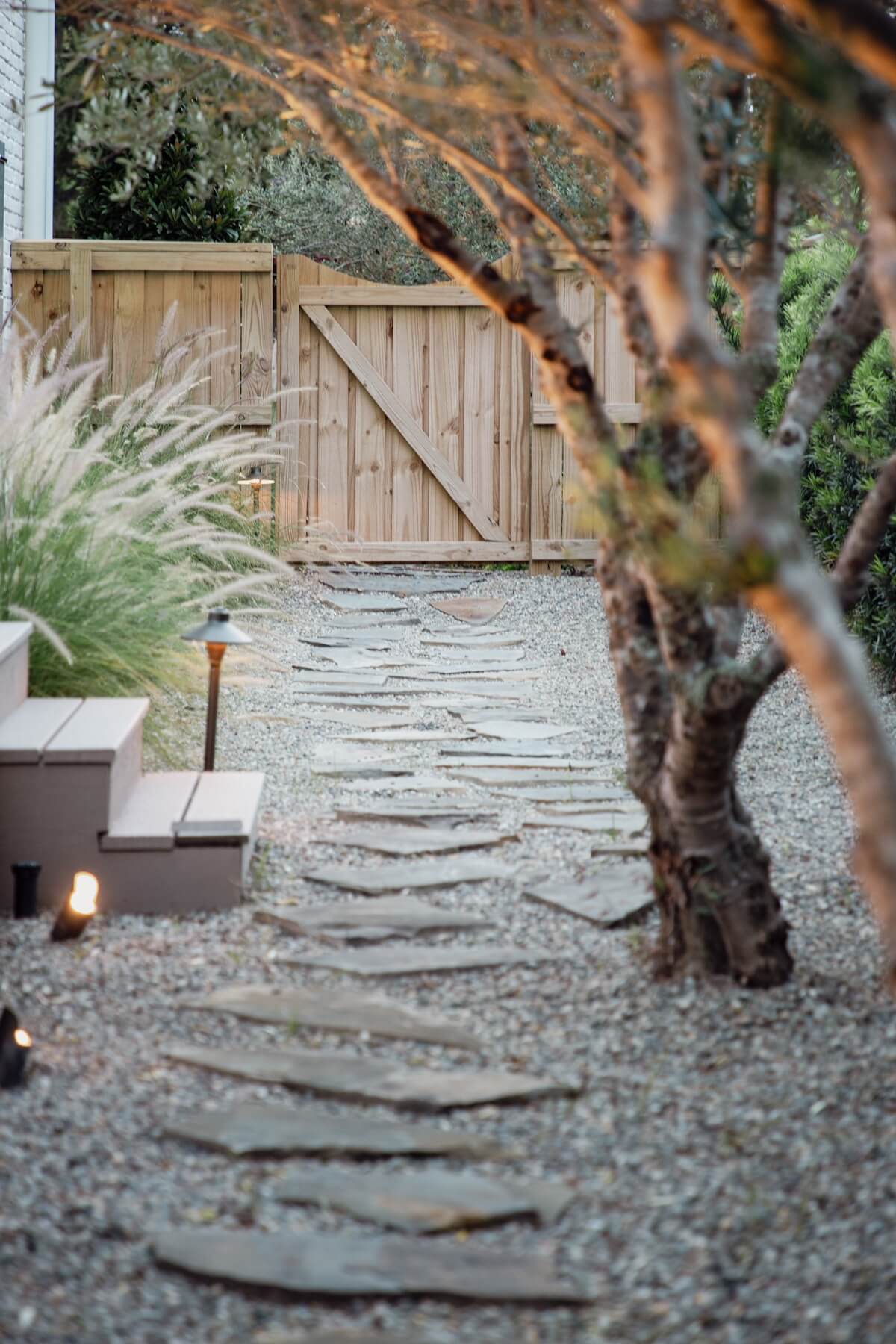
Photo by Pixels and Pigment
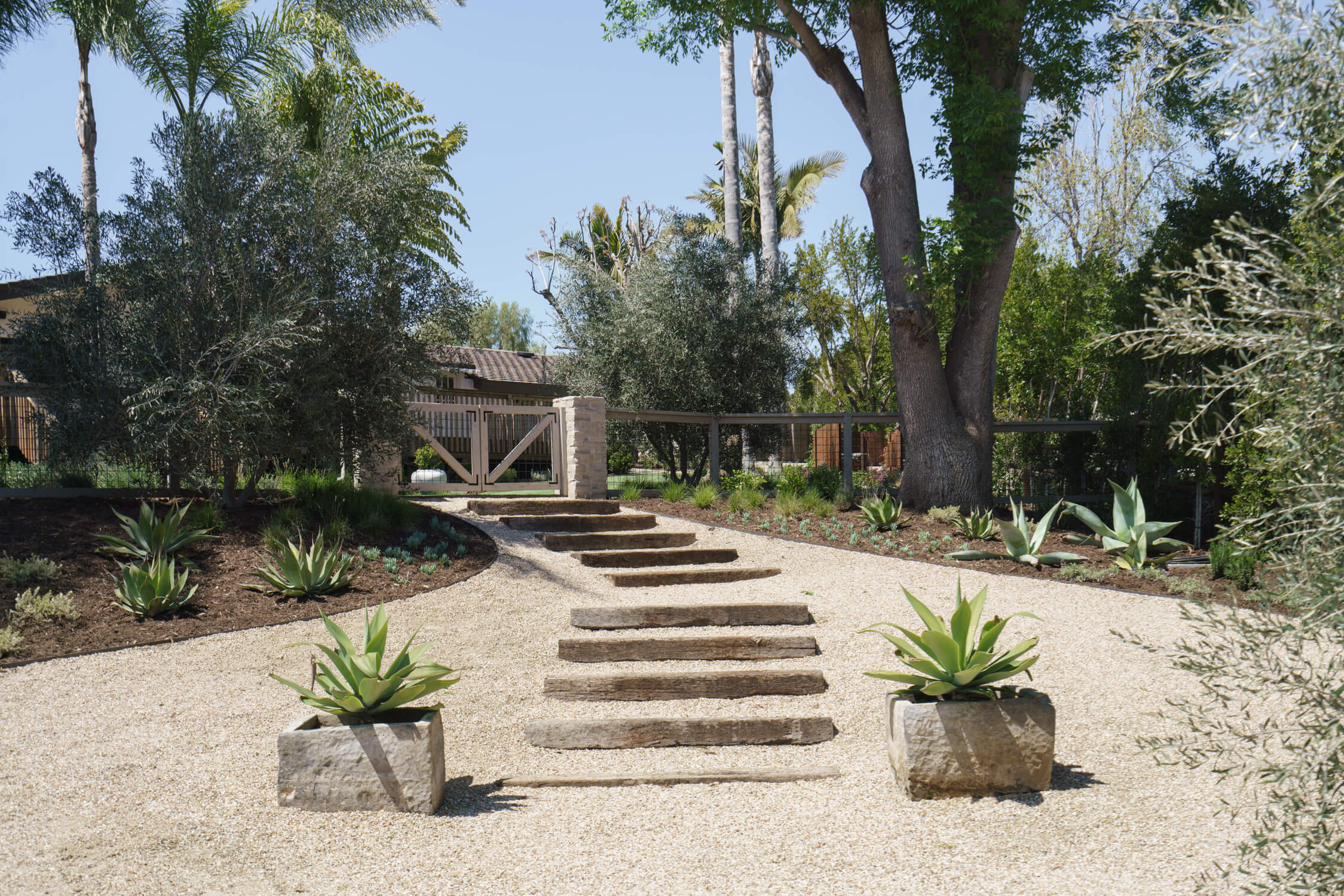
Railroad tie and gravel pathway at our Rancho Santa Fe Project
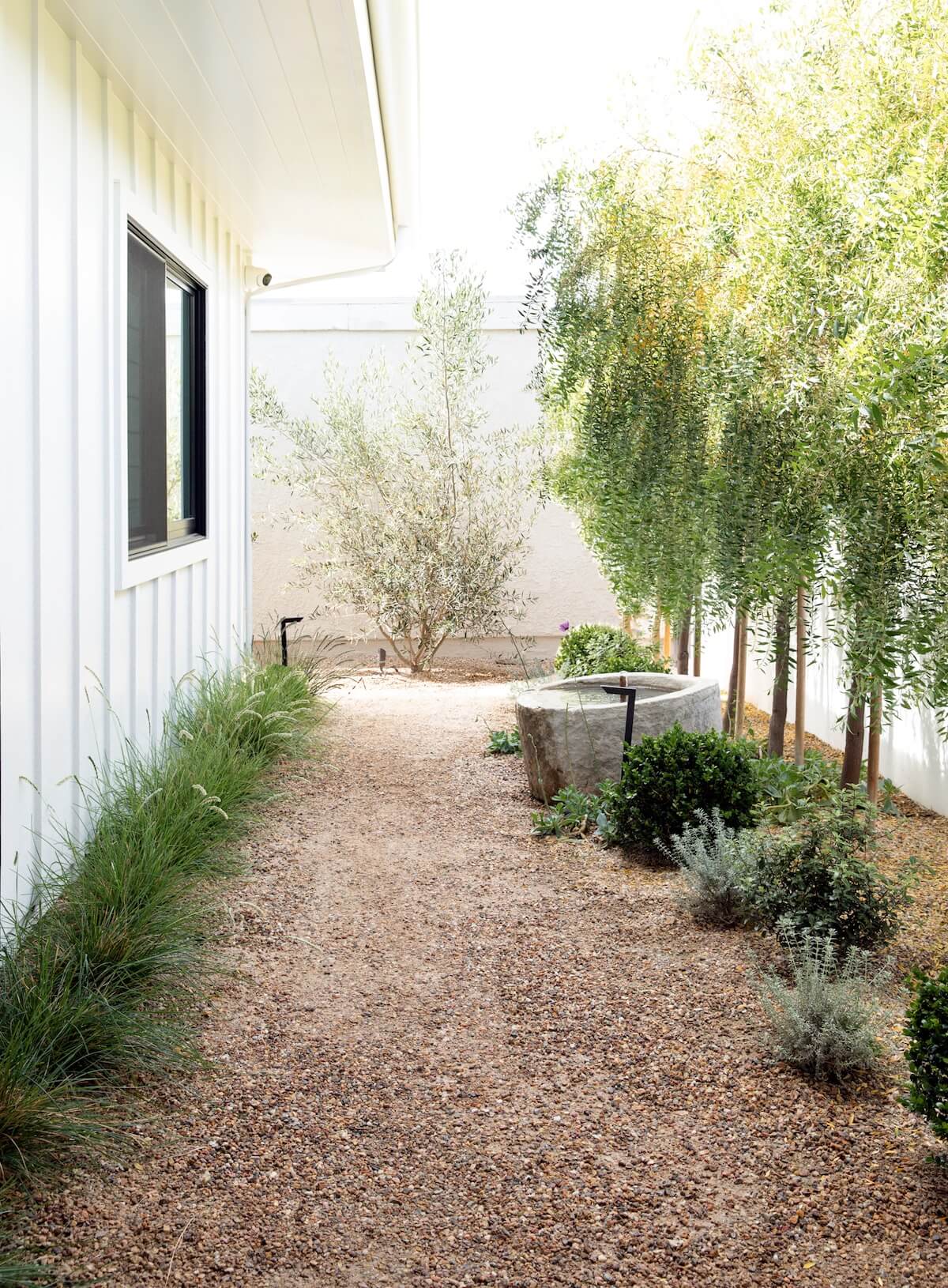
Photo by Riley Starr Photography
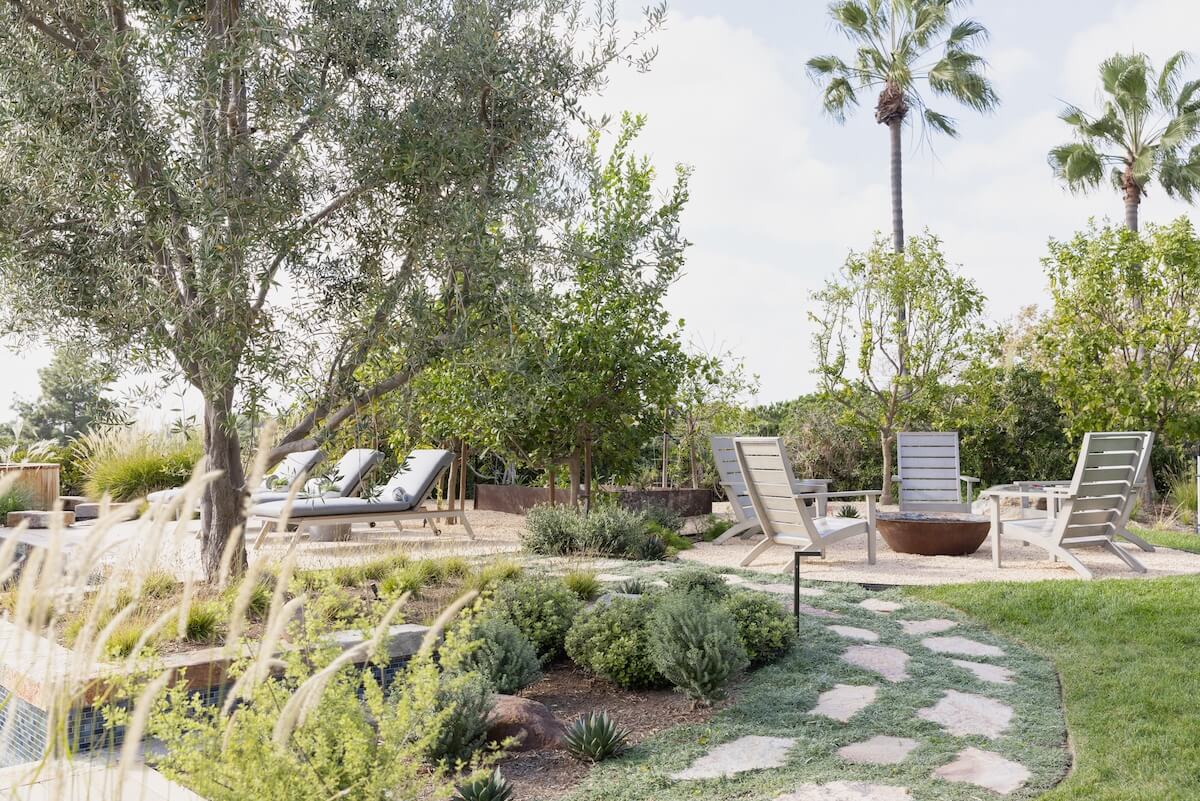
Photo by Riley Starr Photography
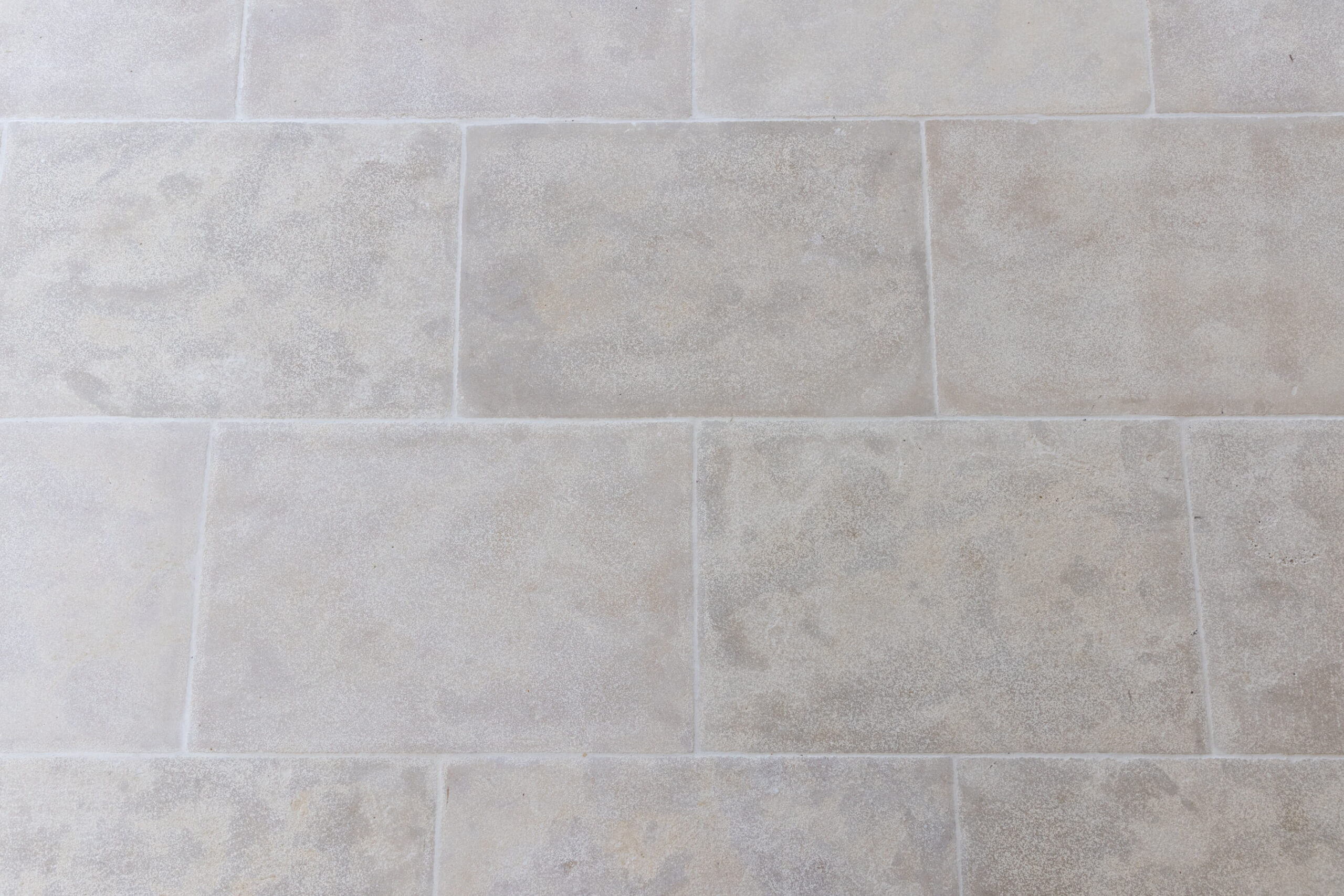
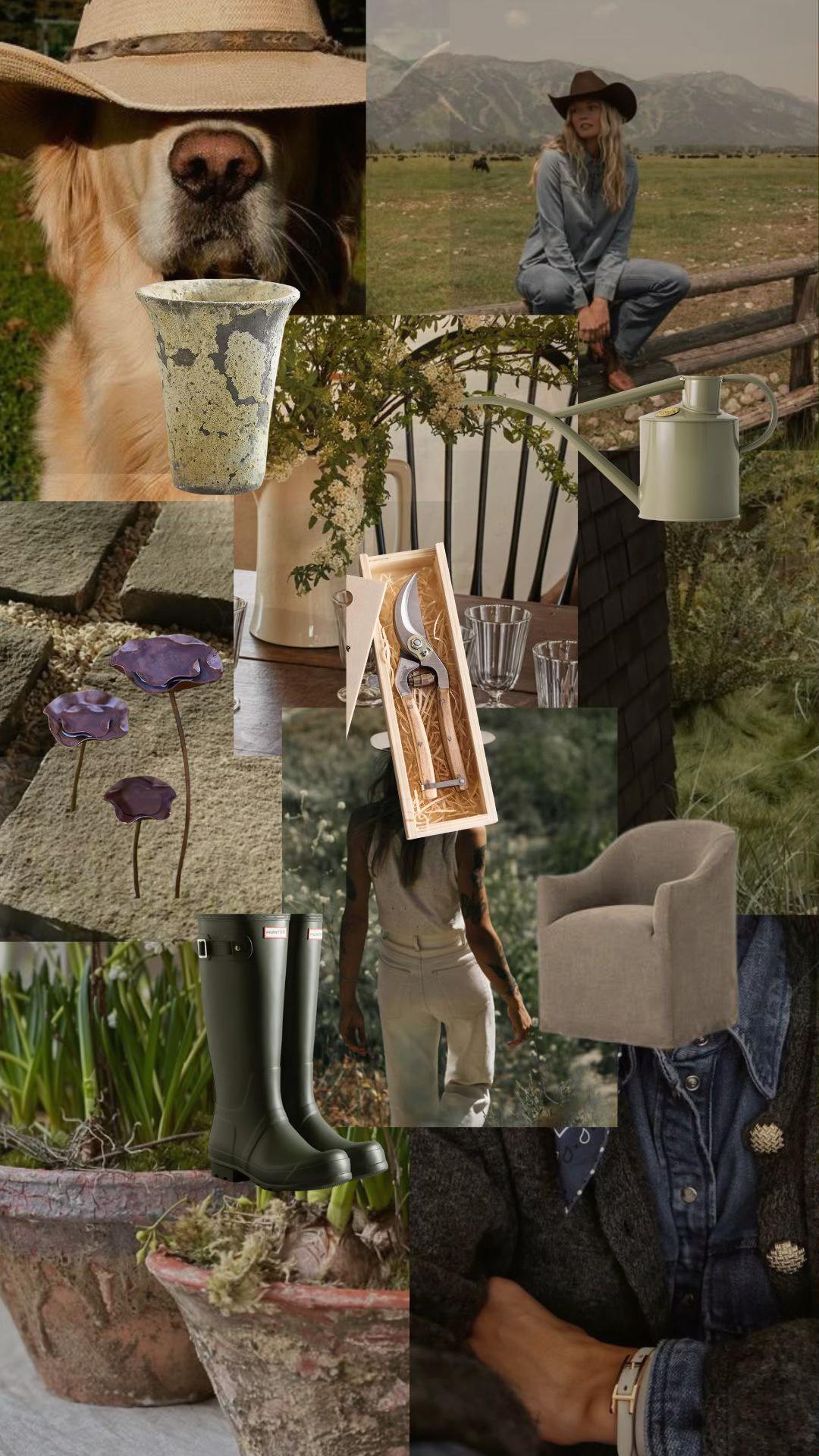
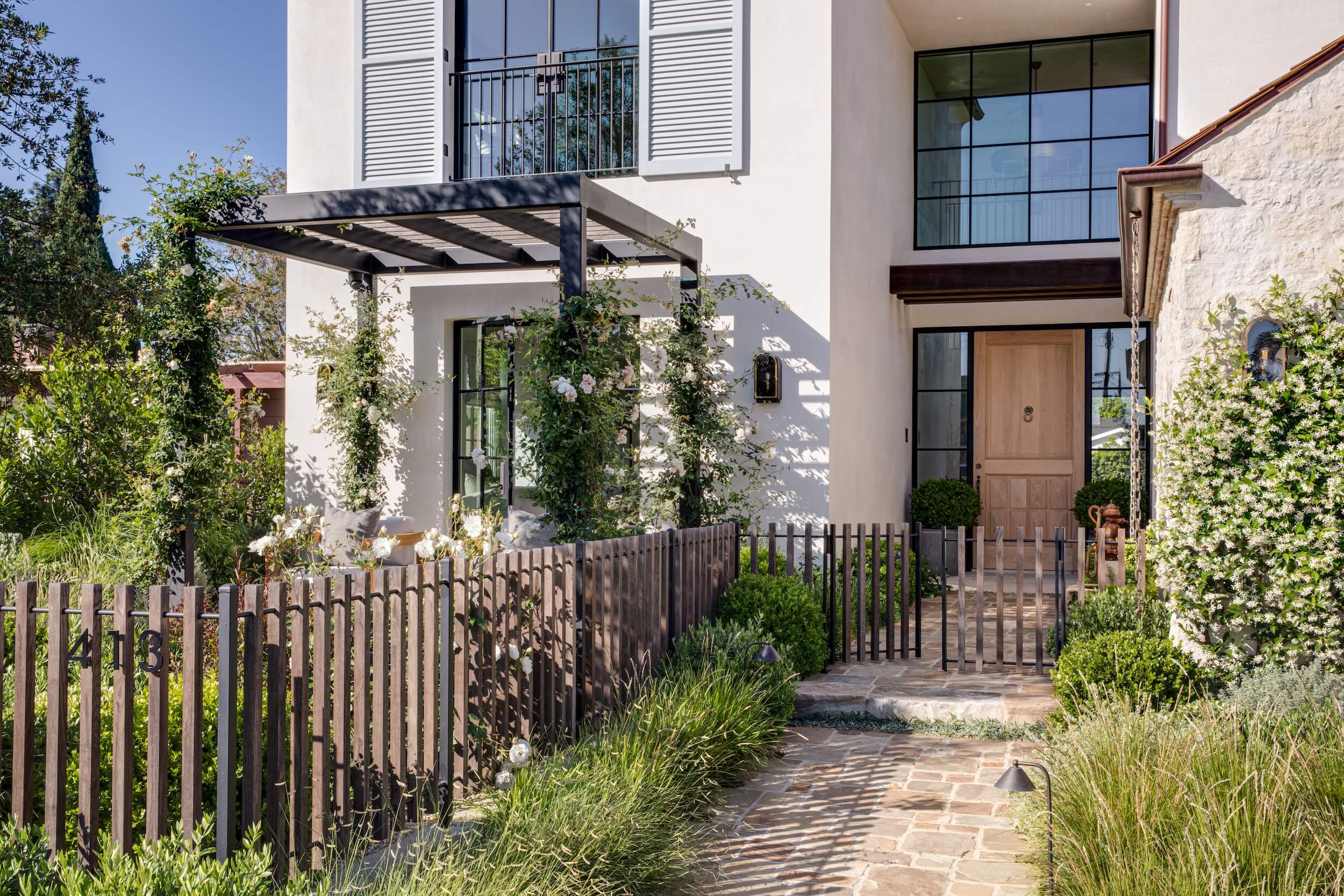

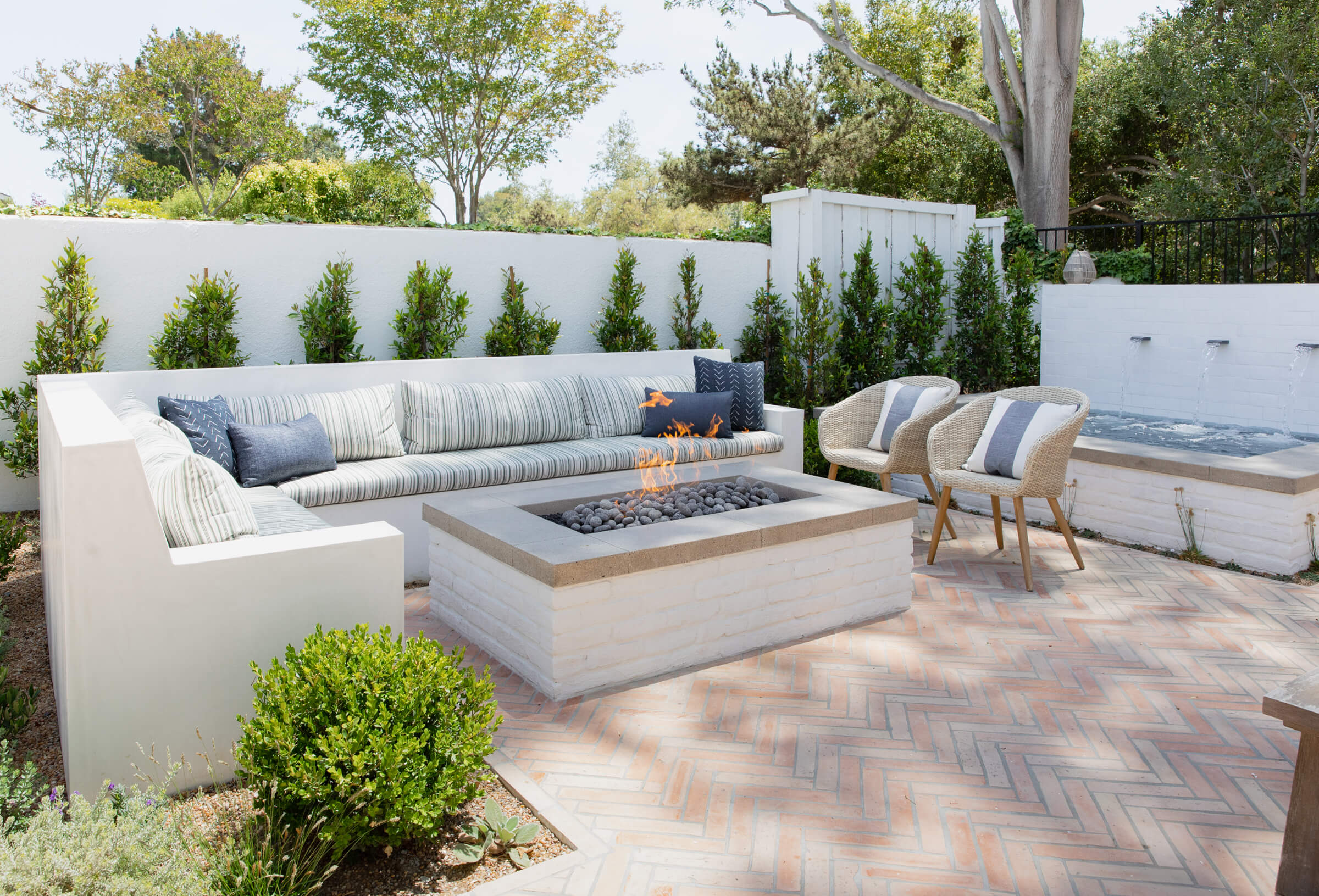
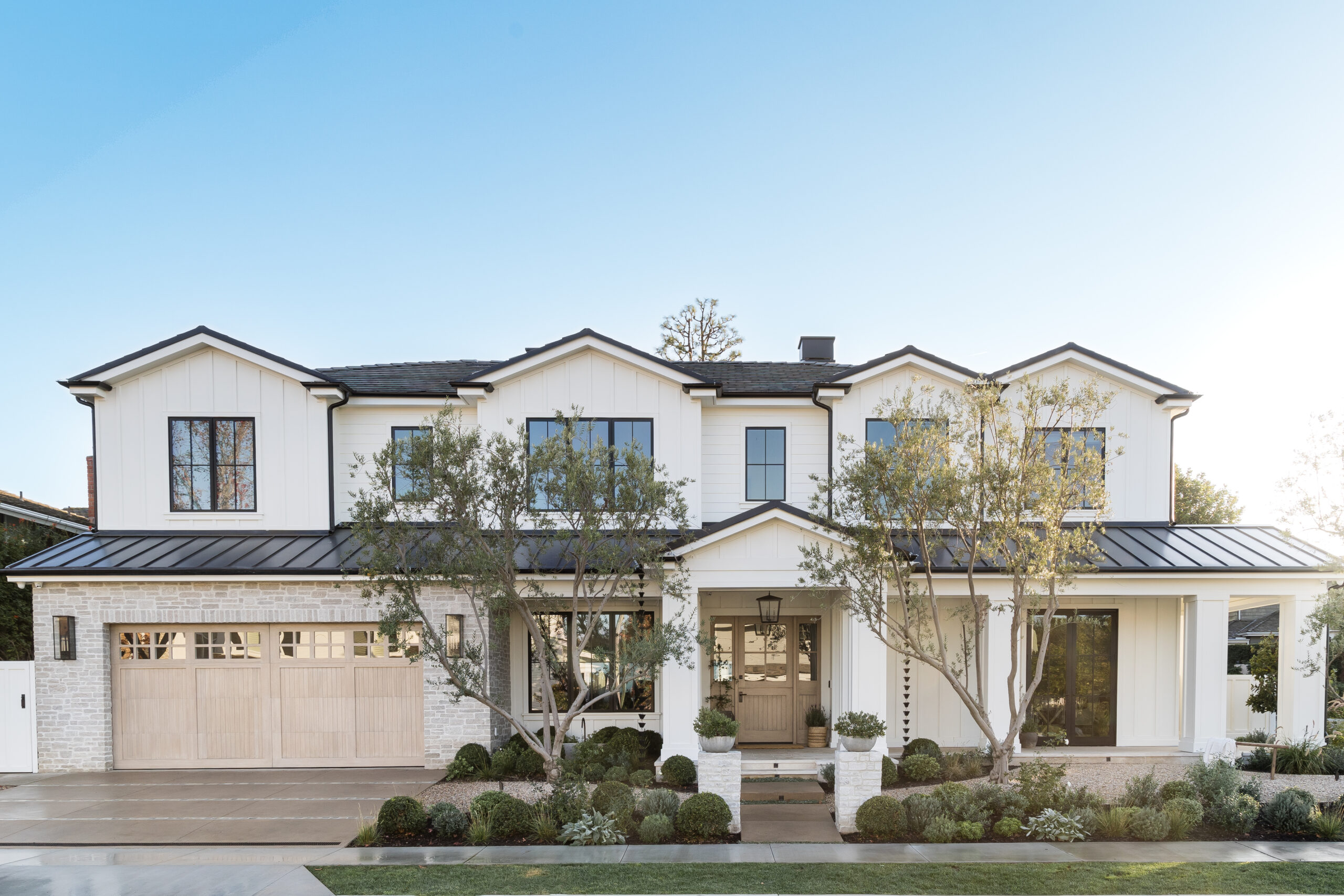
2 Responses
I’m interested in landscape design for our new build west of Austin, Texas, in the hill country.
I’d like to use drought tolerant plants/grasses.
I also have saved huge limestone rocks to be used for landscaping
I have a limited budget.
What would be your approximate estimate for design services?
Thank you,
Leigh Ann Kenyon
Hi Leigh
Garden studio will possibly reply and give an estimate but as their follower live in California and previously leave in Texas , I suggest landscape match with house design due to extreme hot ignore any cincorate hard scape parts deck , gravel and large stones possibly the best options with mixing dry tolorent grass plants , cactus and oak trees , olive trees possibly will do good match but I have never planted olive in Texas
Best of luck in your garden journey